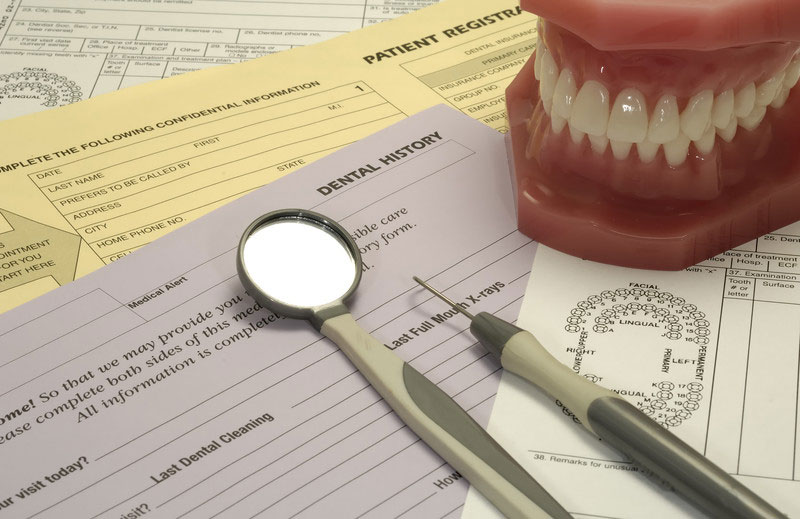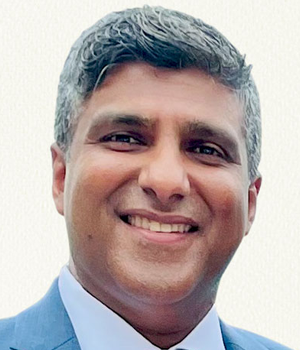Along with the rapid changes occurring in dentistry treatments, dental insurance, reimbursement rates, and rules and regulations are also changing. Dental billing services aim at submitting accurate claims to insurance payers and receiving maximum reimbursement. However, these claims may get declined or denied due to many factors. According to the 2018 National Survey from Bankers Healthcare Group (BHG), a leading provider of financial solutions for healthcare professionals, declining reimbursement rates is the top industry concern among dentists. Bankers Healthcare Group (BHG) is associated with organizations that include the National Dental Association, the National Medical Association, the American Academy of Private Physicians, the Hispanic Dental Association and Operation Smile. This BHG survey highlights that nearly three-quarters (72%) of 413 licensed dentists, including both practice owners and independent practitioners indicated high levels of concern about this trend’s impact on the industry. Dentists were asked to rate their industry concerns and the top responses include:
- 61% highly concerned about the impact of DSOs/corporate dentistry, which was less likely to be a concern among younger dentists (42%) and more likely to be a concern among those practicing in a suburban office (71%)
- 49% highly concerned about increasing competition saturating the industry. This was more frequently cited by those practicing in an urban (53%) or suburban (51%) location and those aged 35-49 years old (54%)
- 43% highly concerned about government healthcare programs. This was more likely to be cited by younger dentists (51%) and those working in an urban office (48%)
Also, it was reported that one-quarter of those surveyed listed “Other” additional industry concerns, including the cost of equipment; availability of equipment; patients’ access to care; cost of education; and insurance. According to Al Crawford, Original Founder, Chairman and CEO of BHG, “Lower reimbursement rates mean dentists take in less income, so it’s not surprising that this was the most cited concern among the audience.” Read our blog on key dental practice challenges you should know. Patient education on insurance helps While standard dental insurance covers cleanings, fillings and other routine care, major work like a crown or a bridge is often covered only at 50 percent and implants generally aren’t covered at all. As a result, people who require extensive reconstructive work often pay many thousands of dollars, or sometimes tens of thousands, in out-of-pocket expenses. It is getting more critical for dental specialists to educate the public on the importance of their dental health and what current dental insurance covers. Educate people to view dental services as a necessity, not a commodity. Often patients will not be ready to undergo a dental procedure, if insurance doesn’t pay them for this specific treatment. An article in Workforce reports that 77% of the US population has dental benefits. Out of that 77%, 40% choose not to go to the dentist due to the costs and pain associated with their dental care. An article in Dental Economics recommends dental practices to inform patients that dental insurance is not really insurance. It’s merely a plan that’s in place to help offset some of their dental expenses. Also, patients may refuse to have x-rays because dental insurance won’t pay for them. In such cases, hospitals can make them understand that a dentist cannot fix a tooth without seeing what’s going on ‘under the hood’ and so x-ray is important. This article also explains some of the major changes occurring with dental insurance plans such as –
- Separate deductibles being applied toward preventive services in addition to basic and major services
- Plans that do not count additional benefit codes such as D0120, D1110, or D1120 toward the plan’s annual maximum
- Insurances that won’t pay at prep date, instead they reimburse based on seat date or completion date
- Decreased coverage on panorex x-rays and more
Along with educating patients with facts about how their oral health affects their overall health and the relevance of dental insurance to help offset dental expenses, it is also recommended to encourage patients who have insurance to use and maximize their benefits. The entire dental team must be trained on how to properly chart and code dental procedures. While such insurance challenges are a part of their industry, dental providers may also have to deal with several major issues when it comes to filing dental claims and getting reimbursed at levels that actually cover the expenses of running a dental practice. Dental insurance verification solutions can reduce claim denials to a great extent by verifying each patient’s dental insurance prior to service within a dental practice.


